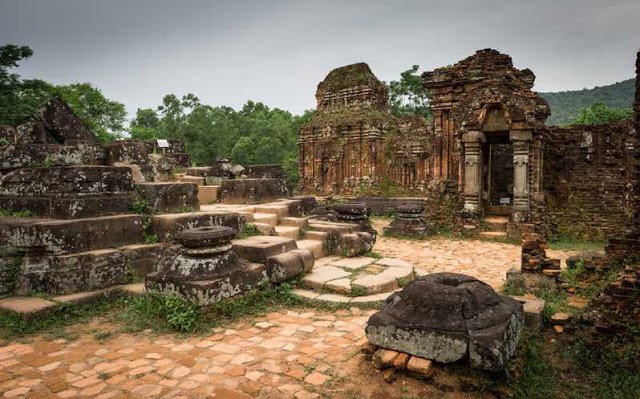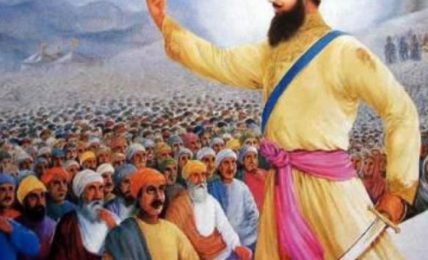The legendary Hindu kingdom – An enduring power that ruled southern Vietnam over 1500 years.
There are 4,000 Indian (Tamil) Hindus in Ho Chi Minh City. The Mariamman Temple, Ho Chi Minh City is their focal point.It is also considered sacred by many native Vietnamese and Chinese.It is also believed to have miraculous powers and is dedicated to the Hindu goddess Mariamman.



